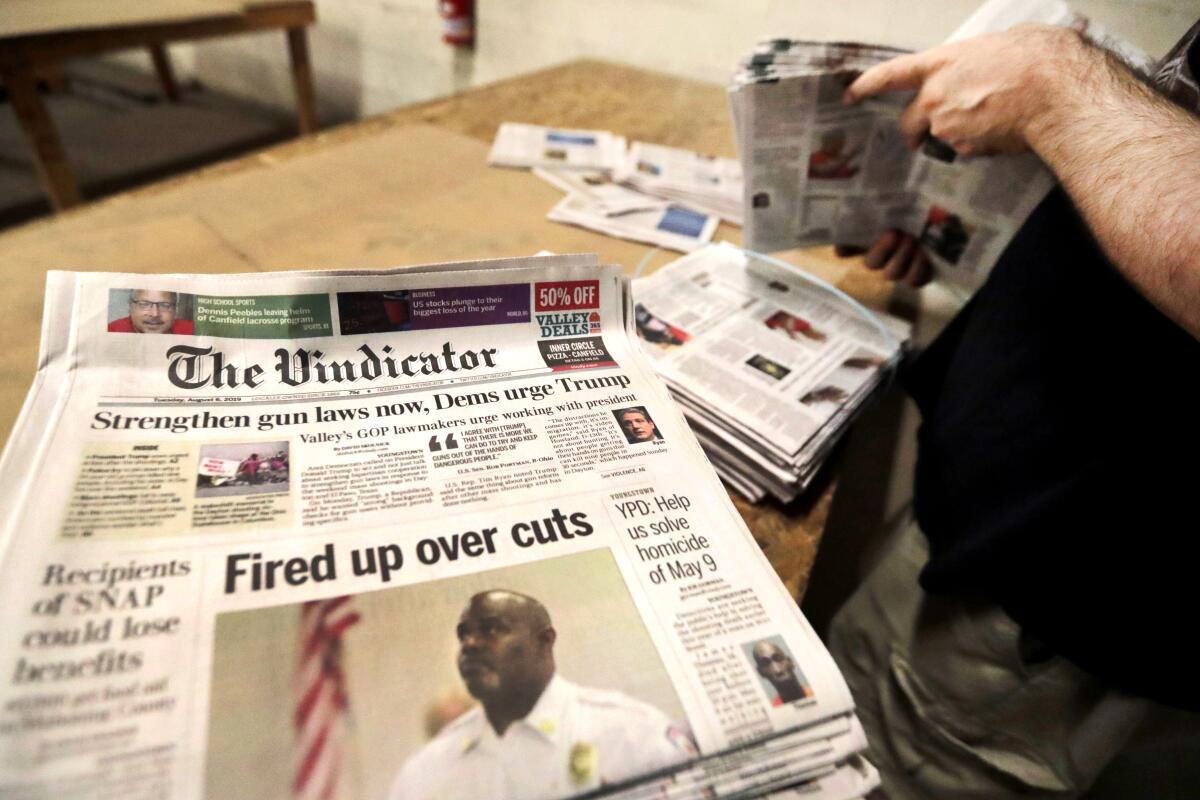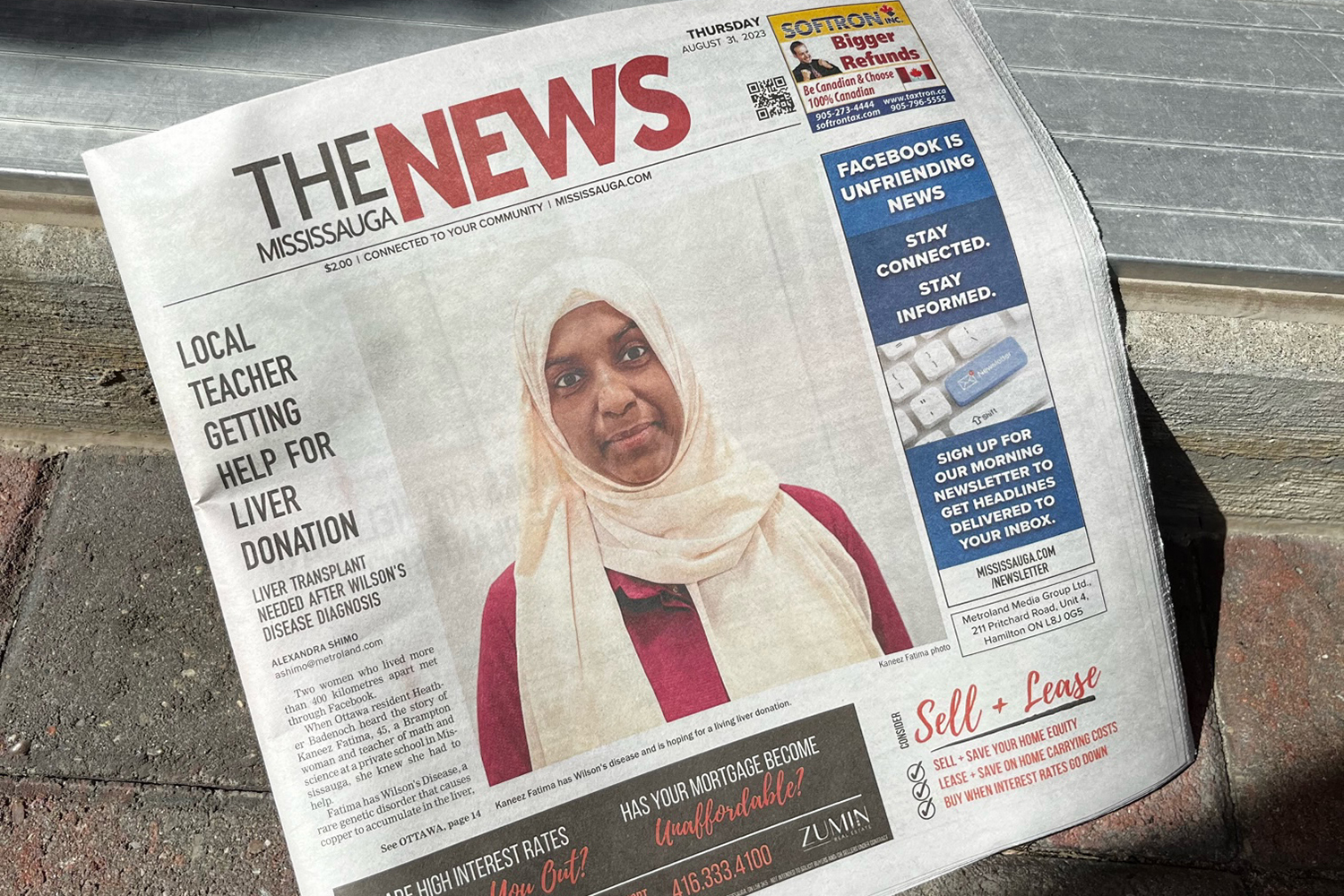Some Known Details About News Articles
Some Known Details About News Articles
Blog Article
The Best Strategy To Use For News Articles
Table of ContentsWhat Does News Articles Mean?What Does News Articles Do?Not known Facts About News ArticlesFascination About News ArticlesThe Best Guide To News Articles
Great understanding of various subjects offers trainees a competitive side over their peers. Although electronic and social media are conveniently available, we need to not fail to remember how important it is to review the papers. Parents need to try and instill the practice of reviewing a newspaper as a daily routine to proceed the tradition of the revered print medium.Information tales likewise contain a minimum of among the adhering to crucial characteristics about the intended audience: proximity, prestige, timeliness, human interest, oddity, or repercussion. The associated term journalese is sometimes made use of, typically pejoratively, to refer to news-style writing. One more is headlinese. Papers generally follow an expository writing design.
Within these restrictions, information stories likewise aim to be extensive. Among the bigger and much more revered papers, justness and equilibrium is a significant aspect in providing details.
Papers with a worldwide audience, as an example, have a tendency to use an extra formal design of writing. The specific selections made by a news outlet's editor or content board are often gathered in a style overview; common design overviews consist of the and the US Information Style Book. The main objectives of news writing can be summed up by the ABCs of journalism: precision, brevity, and clearness.
Rumored Buzz on News Articles
As a policy, journalists will not use a long word when a short one will do. They use subject-verb-object building and construction and vibrant, energetic prose (see Grammar). They supply stories, examples and allegories, and they rarely depend upon generalizations or abstract concepts. News writers try to prevent utilizing the very same word extra than once in a paragraph (occasionally called an "resemble" or "word mirror").
Headlines sometimes omit the subject (e.g., "Jumps From Watercraft, Catches in Wheel") or verb (e.g., "Feline woman fortunate"). A subhead (additionally subhed, sub-headline, subheading, caption, deck or dek) can be either a subordinate title under the main heading, or the heading of a subsection of the write-up. It is a heading that precedes the major message, or a team of paragraphs of the main text.

Added signboards of any of these kinds might appear later in the short article (especially on succeeding pages) to tempt more reading. Such billboards are additionally used as tips to the article in various other areas of the publication or website, or as advertisements for the item in various other publication or websites. Typical framework with title, lead paragraph (recap in vibrant), various other paragraphs (information) and call details.

Example of a official source hard-lead paragraph NASA is suggesting another space project. The company's budget request, announced today, consisted of a strategy to send another goal to the Moon. This time the agency intends to develop a long-lasting facility as a jumping-off place for various other space journeys. The budget demands around $10 billion for the project.
An "off-lead" is the second most important front page information of the day. To "bury the lead" is to start the post with background details or details of second significance to the viewers, forcing them to review more deeply right into an article than they must have to in order to discover the crucial points.
The 5-Minute Rule for News Articles
Typical usage is that a person or two sentences each develop their very own paragraph. Reporters generally explain the organization or structure of an read information story as an inverted pyramid. The important and most intriguing components of a tale are placed at the beginning, with supporting information following in order of decreasing importance.
It allows people to discover a topic to only the deepness that their inquisitiveness takes them, and without the charge of details or subtleties that they might take into consideration irrelevant, but still making that info offered to a lot more interested visitors. The inverted pyramid structure also enables short articles to be cut to any kind of approximate size during design, to suit the area offered.
Some authors begin their tales with the "1-2-3 lead", yet there are lots of kinds of lead available. A kicker can refer to numerous points: The last tale in the news broadcast; a "happy" story to finish the show.
Longer posts, such as magazine cover write-ups and the pieces that lead the within sections of a paper, are known as. Attribute stories vary from straight news in numerous means.
The Ultimate Guide To News Articles
The journalist often details communications with meeting subjects, making the piece much more individual. An attribute's first paragraphs typically associate an appealing minute or occasion, as in an "unscientific lead". From the particulars of an individual or episode, its sight promptly broadens to generalizations regarding the story's subject. The section that signals what a feature has to do with is called the or billboard.

The Editor's Tool kit: A Referral Overview for Beginners and Professionals (2001) Allan M. Siegal and William G. Connolly. The New York City Times Handbook of Design and Usage: The Authorities Style Overview Made Use Of by the Writers and Editors of the Globe's A lot of Reliable Paper (2002) M. L. Stein, Susan other Paterno, and R.
Report this page